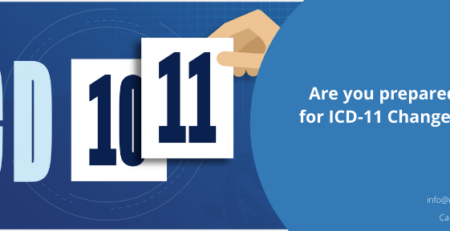As an owner of a small practice, you might sometimes feel helpless when it comes to about your AR days. One of the most common ways to measure your medical accounts receivable performance is to measure the number of days it takes to collect the payments. One of the keys to successful cash flow management is to improve the speed of receivables. It is understood that your monthly accounts receivable should never be more than 1.5x your monthly charges. When you conduct your practice analysis, you may ask why the practice is not collecting more accounts receivable. There are multiple ways to measure your performance. Using these, you may find the issue.
Almost every business will come upon a time where there’s a cash flow dilemma. Even if your business never has cash flow problems, there can still be room for improvement.
The best way to make sure no revenue is lost is to implement an effective revenue management plan. Define payment rules for patients. Consider cash flow and claim rejection solutions. Hire a third party medical billing company to help ensure accuracy and efficiency.
To speed the process of cutting down on aged revenue, physicians need to contract with payers with the largest amount of billed A/R over 90 days from date of service.
Weekly, or daily as needed, meetings are held with the payer and the business office to review the accounts, providing additional information as soon as it is requested.
The system’s patient access group launched an initiative to target some of the drivers of denials or re-bills in the business office, including the development of an automated workflow solution, dashboards and extensive training to capitalize on real-time reporting and operational opportunities.
If one account is identified with an underpayment or denial issue, analysts utilize a database to pinpoint other accounts with that issue. The accounts are tagged with specific codes in order to report issues out to leadership, managed care and the insurance companies as well as the number of accounts impacted. In regular meetings with payers, summary dashboards are presented to hold all parties accountable to addressing issues.












